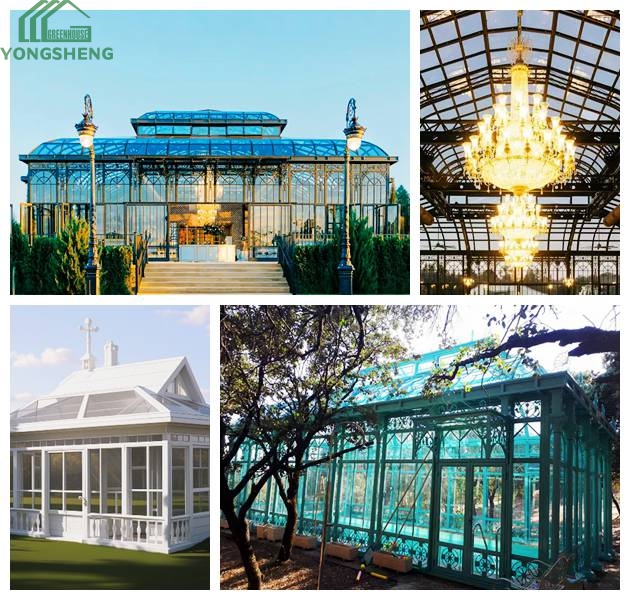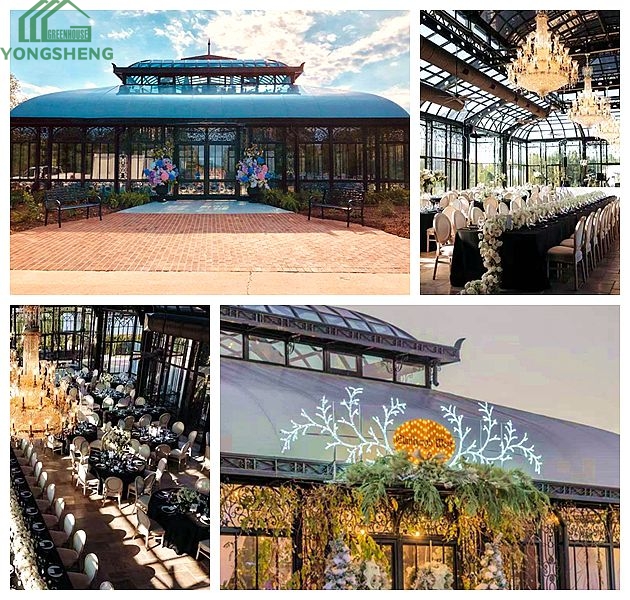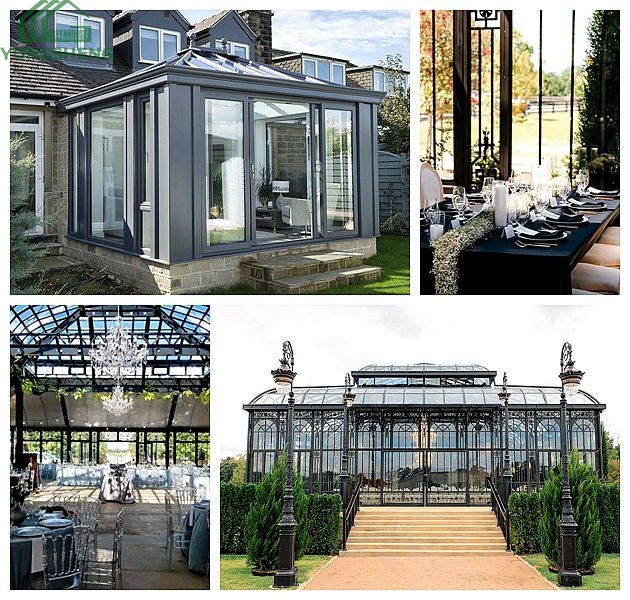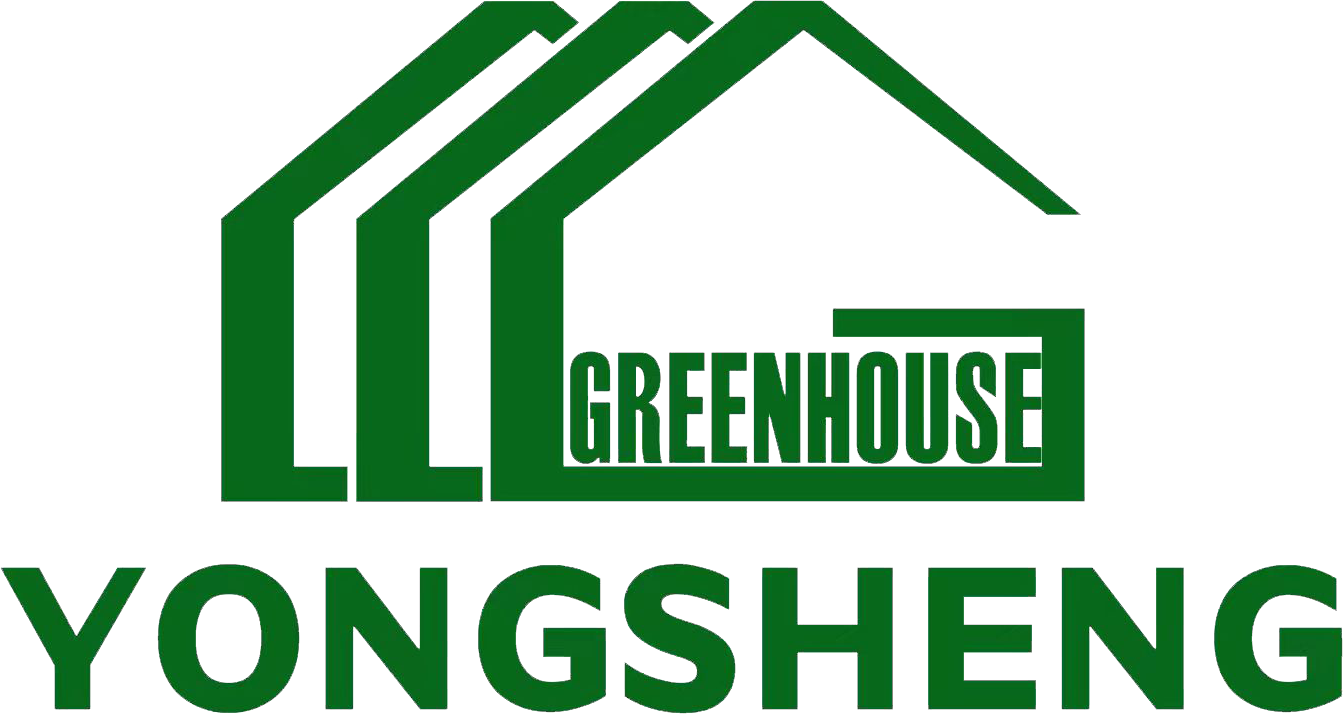
Cultural Inspirations: Greenhouses Around the World

Greenhouses have long been a symbol of human ingenuity and our desire to cultivate nature in controlled environments. From the ornate Victorian greenhouses of England to the modern glass greenhouses of the Netherlands, these structures reflect the cultural, historical, and climatic influences of their regions. In this blog, we’ll take a journey around the world to explore how different cultures have inspired the design and function of greenhouses, with a focus on Victorian greenhouses, glass greenhouses, and conservatory greenhouses. Along the way, we’ll discover how these structures have evolved to meet the needs of their environments and the people who use them.
1. The Victorian Greenhouse: A British Legacy
The Victorian greenhouse is perhaps one of the most iconic and aesthetically pleasing greenhouse designs in history. Emerging during the 19th century in Britain, these structures were a product of the Victorian era’s fascination with exploration, botany, and technological advancement.
Historical Context
During the Victorian era, Britain was at the height of its colonial power, and explorers brought back exotic plants from around the world. The Victorian greenhouse, also known as a conservatory greenhouse, became a status symbol for the wealthy, who used these structures to display their botanical collections.
Design Features
Victorian greenhouses are characterized by their ornate iron or wooden frames, steeply pitched roofs, and large glass panels. The intricate designs often included decorative elements such as finials, cresting, and curved eaves, reflecting the architectural trends of the time.
Cultural Significance
These greenhouses were more than just functional spaces; they were a reflection of the Victorian obsession with nature and science. They served as a bridge between the indoors and outdoors, allowing people to enjoy the beauty of nature year-round.
Modern Adaptations
Today, Victorian greenhouses are still popular for their timeless elegance. Modern versions often incorporate durable materials like aluminum and double-glazed glass, making them suitable for a variety of climates.
2. The Glass Greenhouse: A Dutch Innovation
The Netherlands is renowned for its innovative approach to agriculture, and the glass greenhouse is a testament to this legacy. Dutch greenhouses are designed to maximize efficiency and productivity, making them a model for sustainable farming.
Historical Context
The Dutch have been pioneers in greenhouse technology since the 17th century, when they began using glass to protect plants from the harsh North Sea climate. Over time, they developed advanced techniques for controlling temperature, humidity, and light.
Design Features
Dutch glass greenhouses are typically large, utilitarian structures made of steel and glass. They are designed to maximize light penetration and provide optimal growing conditions for crops like tomatoes, cucumbers, and flowers.
Cultural Significance
In the Netherlands, greenhouses are not just a means of growing plants; they are a cornerstone of the country’s agricultural economy. The Dutch have perfected the art of greenhouse farming, using techniques like hydroponics and automated climate control to produce high yields with minimal environmental impact.
Global Influence
The Dutch glass greenhouse has inspired similar designs around the world, particularly in regions with challenging climates. Their emphasis on sustainability and efficiency has set a standard for modern greenhouse farming.
3. The Conservatory Greenhouse: A Blend of Art and Nature
The conservatory greenhouse is a unique blend of architecture and horticulture, often serving as both a functional growing space and a place for social gatherings. These structures can be found in various forms around the world, each reflecting the cultural and climatic influences of its region.
Historical Context
Conservatories originated in 16th-century Europe as a way to protect delicate plants during the winter. Over time, they evolved into luxurious spaces where the elite could entertain guests amidst lush greenery.
Design Features
Conservatory greenhouses are typically attached to homes or public buildings and feature large glass walls and roofs to allow for maximum light exposure. They often include decorative elements like stained glass, intricate woodwork, and ornate iron frames.
Cultural Significance
In many cultures, conservatories are seen as a symbol of wealth and sophistication. They provide a tranquil space where people can connect with nature, even in urban environments.
Modern Adaptations
Today, conservatory greenhouses are popular in both residential and commercial settings. Modern designs often incorporate energy-efficient materials and technologies, making them more sustainable and accessible.
4. Greenhouses Around the World: A Cultural Tour
England: The Birthplace of the Victorian Greenhouse
England’s temperate climate and love of gardening made it the perfect setting for the Victorian greenhouse. The Royal Botanic Gardens at Kew are home to some of the most famous examples, including the Palm House and the Temperate House.
The Netherlands: The Glass Greenhouse Capital
The Netherlands is home to some of the most advanced glass greenhouses in the world. The Westland region, known as the “Glass City,” is a hub of greenhouse innovation, producing a significant portion of the country’s agricultural exports.
France: The Elegance of the Orangerie
In France, the orangerie is a type of conservatory greenhouse that was originally used to protect citrus trees during the winter. The Orangerie at the Palace of Versailles is a stunning example, featuring large windows and a symmetrical design.
Japan: The Serenity of the Glasshouse
In Japan, greenhouses are often designed with a focus on harmony and tranquility. The Kyoto Botanical Garden features a beautiful glasshouse that showcases plants from around the world, arranged in a way that reflects traditional Japanese aesthetics.
United States: The Rise of Commercial Greenhouses
In the U.S., greenhouses are often associated with commercial agriculture. However, there are also many examples of conservatory greenhouses, such as the Enid A. Haupt Conservatory at the New York Botanical Garden, which combines Victorian elegance with modern technology.
Australia: Adapting to the Outback
In Australia, greenhouses are designed to withstand the harsh conditions of the Outback, including extreme heat and drought. Many use shade cloths and advanced irrigation systems to create optimal growing conditions.
5. The Future of Greenhouses: A Global Perspective
As the world faces challenges like climate change and population growth, greenhouses are becoming increasingly important for sustainable agriculture. Innovations in materials, technology, and design are making greenhouses more efficient and accessible than ever before.
Sustainable Materials
New materials like polycarbonate and recycled plastics are being used to create lightweight, durable greenhouses that are more environmentally friendly.
Smart Technology
Automated systems for climate control, irrigation, and lighting are revolutionizing greenhouse farming, making it possible to grow crops in even the most challenging environments.
Urban Greenhouses
As urbanization increases, greenhouses are being integrated into cities in creative ways, such as rooftop gardens and vertical farms. These urban greenhouses provide fresh produce while also improving air quality and reducing the urban heat island effect.
6. Conclusion
Greenhouses are more than just structures for growing plants; they are a reflection of the cultures and climates that inspire them. From the ornate Victorian greenhouses of England to the efficient glass greenhouses of the Netherlands and the elegant conservatory greenhouses found around the world, these structures showcase the beauty and diversity of human ingenuity.
As we look to the future, greenhouses will continue to play a vital role in sustainable agriculture and urban living. By drawing inspiration from the past and embracing new technologies, we can create greenhouses that are not only functional but also works of art. Whether you’re a gardener, an architect, or simply a lover of nature, there’s no denying the cultural and environmental significance of these remarkable structures.
Why Choose US?
- ● As the first manufacturer in China to introduce the Victorian conservatory design from Europe, we have 36 years of production experience since 1988, and our products are distributed in 68 countries.
- ● We have a professional team of 8 conservatory design engineers and 60 production workers. We are equipped with 2 hot-dip galvanizing machines, 2 steel shot blasting machines, and 1 spray line.
- ● Our professional design team can provide theoretical calculation data support for wind pressure resistance, earthquake resistance, and snow resistance of large-scale steel structure conservatories.
- ● Strict quality control. 8 inspection stages: raw material inspection, cutting and blanking size inspection, welding quality inspection, hot-dip galvanizing quality inspection, spray quality inspection, assembly quality inspection, and packaging quality inspection. Ensuring smooth assembly of the products, no rust, no leakage, and compliance with customer national standards.
- ● We cooperate with many well-known architectural design companies worldwide.
- ● Customized services. We can customize according to customer designs and dimensions. We also provide supporting facilities such as electric sunshades and air conditioners.
- ● We offer installation dispatch services, inspection services, and free replacement of parts. We also present high-value exquisite gifts.
- ● Video factory tour. You can view the entire production process.




